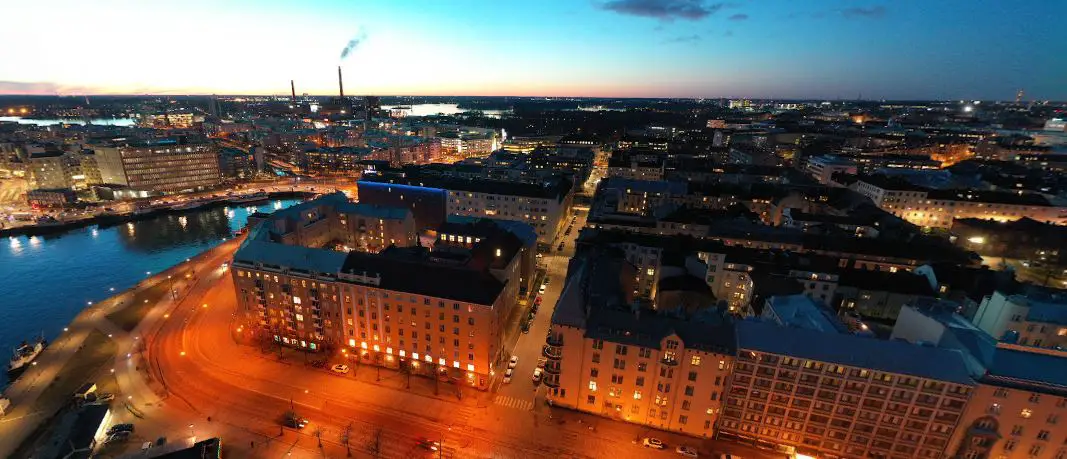Visiting tribal villages in the Omo Valley can be a culturally enriching experience. However, some restrictions do exist due to the sensitivity of local customs and cultures. In this blog post, we will explore what some of these restrictions may be and explore how they can be respected by potential visitors. Before embarking on your journey to ethiopia, make sure to check the latest
Restrictions on Visiting Tribal Villages in the Omo Valley
1. Permission from the regional government: In order to visit tribal villages in the Omo Valley, it is mandatory to obtain permission from the regional government authorities. This is to ensure the safety and well-being of both tourists and the tribal communities.
2. Hiring a licensed guide: Visitors must hire a licensed guide approved by the government to accompany them during their visit to the tribal villages. The guide acts as a bridge between the tourists and the local communities, providing cultural context and ensuring respectful interactions.
3. Restricted access to certain areas: Some tribal villages may have restricted access due to their remoteness or sensitivity. These communities may choose to limit tourist visits in order to preserve their cultural heritage and maintain their traditional way of life.
4. Respectful behavior and photography guidelines: Tourists are expected to behave respectfully towards the tribal communities, respecting their customs, traditions, and personal spaces. Taking photographs without permission is strictly prohibited unless approved by the individuals or the community. It is important to follow the guidance of the guide regarding appropriate behavior and photography.
5. Environmental protection: Visitors are expected to minimize their impact on the environment and avoid leaving any waste behind. This includes being mindful of where they step, not damaging plants or property, and disposing of any trash in designated areas.
6. Avoiding exploitation or commodification: It is crucial to remember that tribal communities are not attractions or commodities. Visitors should engage in responsible tourism by avoiding any form of exploitation, economic or otherwise, and refrain from treating the tribal communities as objects of curiosity.
Overall, while visiting tribal villages in the Omo Valley can be a culturally enriching experience, it is crucial to obtain permission, abide by the guidelines, and engage with utmost respect for the communities and their way of life.It's essential to stay updated with
international travel information, especially when planning a foreign trip, to navigate any changes in
travel advisory or travel warnings.










